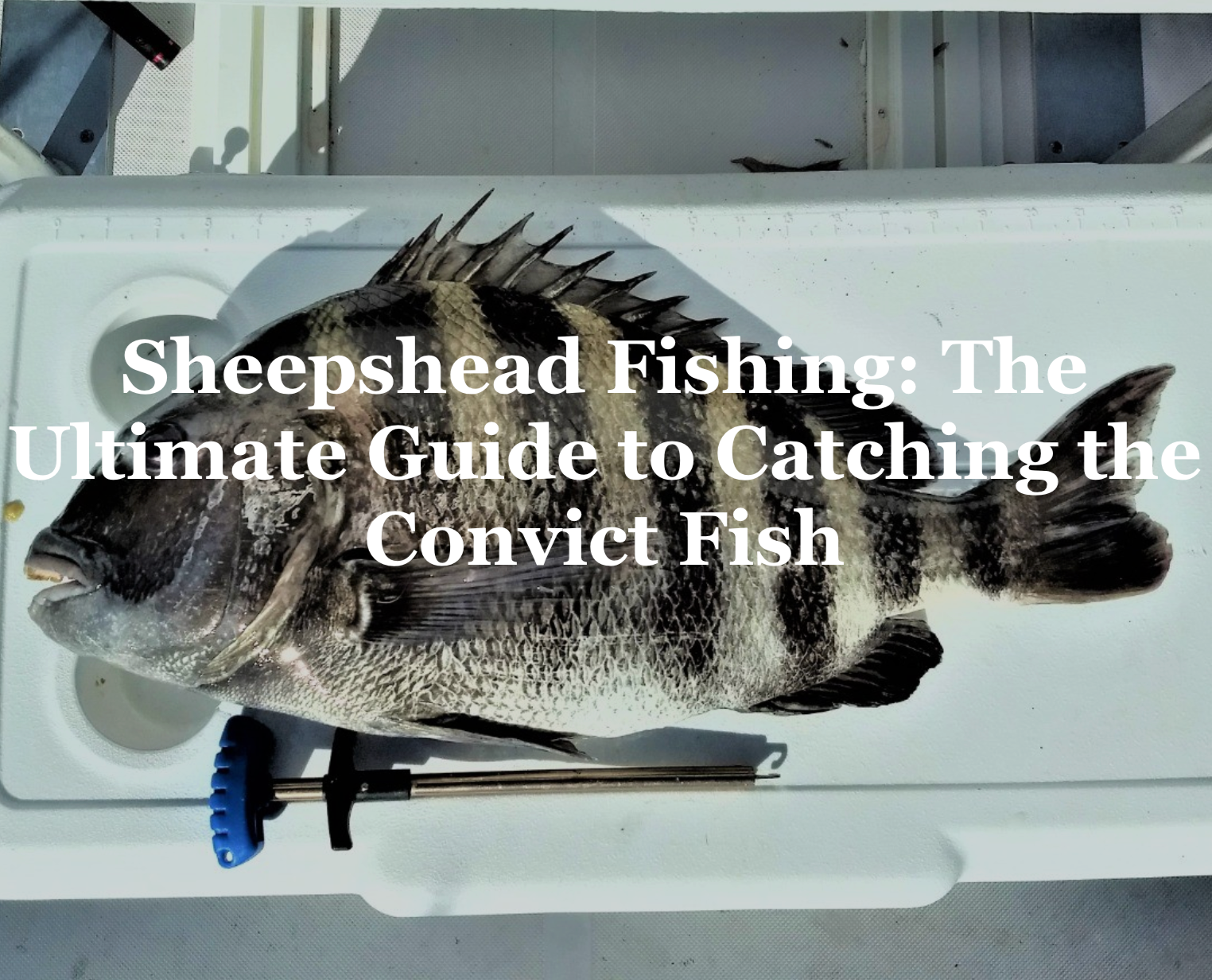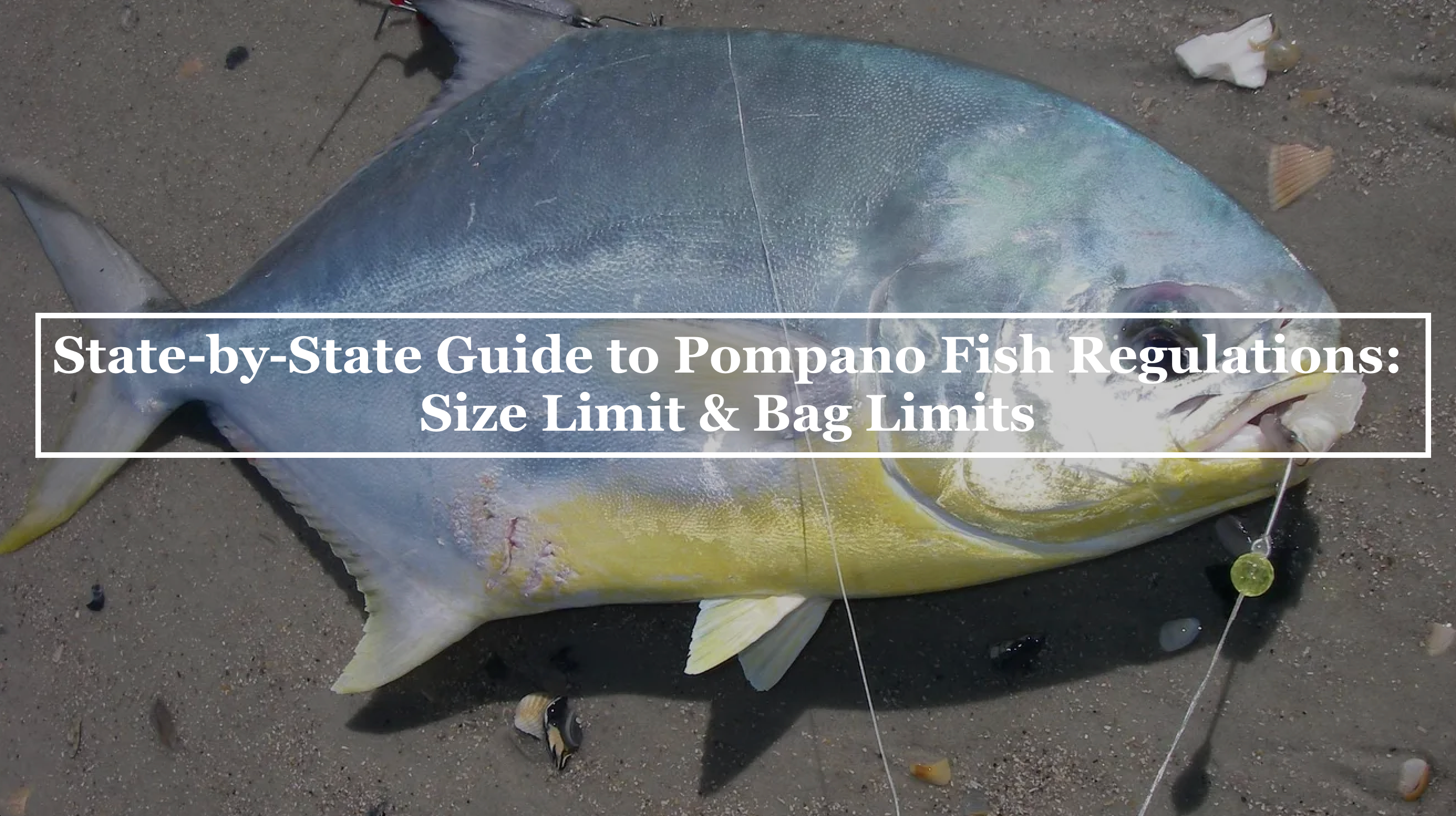Chopped To Perfection: The Fisherman's Ultimate Guide to Using Cut Bait

Saltwater fishing is a thrilling and popular activity enjoyed by anglers of all experience levels. One effective technique for saltwater fishing is using cut bait. Cut bait refers to pieces of fish that are used as bait to attract and entice a wide range of saltwater fish species. In this comprehensive guide, we will explore the various aspects of using cut bait for saltwater fishing. From selecting the right fish species to preparing and rigging cut bait, we will cover all the essential information you need to master this effective technique.
Benefits of Using Cut Bait
Using cut bait has several advantages for saltwater fishing. First, it offers an authentic and natural scent that can attract inshore fish species from a distance. The strong scent trail created by cut bait is irresistible to many saltwater species, increasing your chances of a catching more fish. Additionally, cut bait often is the natural food source of fish in the area, making it a preferred choice for anglers looking to catch their target species accurately.
Selecting the Right Fish for Cut Bait

The success of using cut bait for saltwater fishing largely depends on the choice of bait. Opting for oily or fatty fish with a firm flesh is a recommended practice when selecting fish for cut bait. Popular options include mackerel, mullet, bluefish, sardines, and menhaden. These fish species are known for their strong scent, durability, and attractiveness to a wide range of saltwater predators. It's essential to consider the local bait preferences of the fish species you're targeting for a higher chance of success.
How to Cut Bait
There are several ways to use cut bait. Proper preparation of cut bait is vital to ensure its effectiveness as bait. Start by using a sharp fillet knife to cut the fish into sections. These chunks of fish will be used one at a time when fishing. This is a great method for chunking up mullet or pinfish when fishing off a pier or out on the boat. The size of the sections will depend on the target species and the specific fishing conditions. Another effective way to use cut bait, is to use the entire fish, and cut diagonal lines down its side. This allows for release of natural scents from the bait fish in the water. It is generally recommended to keep the size of the cut bait similar to the natural size of the prey fish in the area. The goal is to replicate the appearance and movement of injured or struggling prey to entice predatory fish.
When preparing cut bait, pay attention to removing any unwanted parts, such as the head, tail, or fins, which may hinder the presentation. Once the desired sections are cut, ensure they are stored in a cool and dry container to maintain their freshness and effectiveness. Using a chilled cooler or a bait bucket with ice packs can help prolong the lifespan of cut bait and preserve its scent.
Rigging Cut Bait: How to Rig Cut Bait for Redfish

Rigging cut bait properly is crucial for attracting both nearshore and offshore fishing. There are several rigging techniques to consider:
Saltwater Bottom Fishing Rigs
The bottom rig, also known as a fish-finder rig, is a popular choice for presenting cut bait to fish that dwell close to the seabed or structure. This rig consists of a sinker placed on the mainline, followed by a swivel, and then a leader with the cut bait. The weight of the sinker will depend on the depth of the water and the strength of the current. The swivel helps prevent line twists while allowing the cut bait to move freely with the current.
Carolina Rig for Redfish

The Carolina rig is versatile and effective for various saltwater fishing scenarios. It involves a sliding sinker placed on the mainline, followed by a bead, a swivel, a leader, and finally, the cut bait. The sliding sinker allows the cut bait to flow naturally and reach the desired depth. This rig is particularly effective when targeting fish that roam in search of prey, such as redfish, flounder, and snook.
Three Way Swivel Rig
The three-way rig is suited for areas with strong currents or when targeting fish in deeper water. This rig involves three main components: a three-way swivel, a weight attached to one of the swivel's eyes, and a leader with the cut bait attached to another swivel eye. The three-way swivel allows the weight to sink while keeping the cut bait suspended off the bottom.
Floater Rig
The floater rig is ideal for attracting fish that feed close to the surface, such as kingfish, mahi-mahi, or snapper. This rig consists of a float, a swivel, a leader, and the cut bait. The float suspends the cut bait a few feet below the surface, mimicking an injured or struggling fish. Adjust the float's depth based on the fish's feeding behavior and the water conditions.
Using Cut Bait Presentation Techniques

When using cut bait, it's crucial to master proper presentation techniques to maximize your chances of catching fish. The key is to create a realistic and enticing motion that mimics the movement of an injured or weakened prey. Some effective presentation techniques include:
Drift Fishing
Drift fishing involves casting your bait into the water, allowing it to drift naturally with the current. This technique is especially effective when targeting pelagic species like tuna, king mackerel, or mahi-mahi. Pay attention to the speed of the drift and adjust your presentation accordingly.
Bottom Fishing
Bottom fishing is particularly effective when using cut bait for species that dwell close to the seafloor, such as grouper, redfidh, or snapper. Choose a suitable rig and present the cut bait on or near the seabed. Allow the bait to rest periodically or gently lift and drop it to create enticing movements.
Using cut bait for saltwater fishing can greatly increase your chances of success and attract a wide variety of saltwater fish species. By selecting the right bait fish, properly preparing the cut bait, rigging it effectively, and mastering presentation techniques, you'll be well on your way to becoming a seasoned saltwater angler. Remember to always abide by local fishing regulations, practice ethical fishing practices, and enjoy the thrilling experience that saltwater fishing has to offer.






Share:
Sand Fleas 101: The Ultimate Bait For Pompano Fishing
Power of Clams: A Beginner's Guide to Using Clams For Bait